I enjoy a well-made cocktail. My delight in trying new mixed drinks — be they zesty, floral, fruity, smoky, refreshing, or bracing — has me on the hunt for interestingly-flavored beverage recipes as I turn the pages of these manuscripts. I pass over many recipes that require distillation or brewing equipment that was commonplace in early modern households: I relish attempting Ramboose, cold posset, sack posset, lemon posset, and cherry brandy.
I’ve been grappling with this recipe for “Cordial Pepper Water” from UPenn MS Codex 1038 since I saw it in June 2017. Alyssa and I have cooked so many recipes from this manuscript that it feels like a tried and true source (see the full list here) . Even so, I found this receipt challenging and disconcerting. I almost gave up on it. I’m glad that I finished the second infusion and shared it with my cocktail-enthusiast friends Sarah and Ryan as well as my spouse Joseph. They were a curious audience and helped me devise the second drink recipe included below.
The Recipe
To make Cordial Pepper Water.
Take two gallons of very good Brandy, and a peck of Poppies and put them
together in a wide mouth’d glass, and let it stand forty Eight hours, then strain
the Poppies out, take a pound of Raisons of the Sun, stone them, and an Ounce
of Coriander Seed, an Ounce of sweet Fennel Seed, and an Ounce of Liquorish
Sliced, bruize them all together, and let them stand four or Eight Weekes
shaking it every day, then strain it off, and Bottle it close up for use.
After reading this recipe, you might say “STOP! This is a recipe for drugs!” And, in a sense, it is. This recipe shares many similarities with other receipts for “poppy water” a soothing concoction of alcohol and poppy flowers that might induce sleep or settle an uneasy stomach. Ben Breen writes about preparing and consuming a similar recipe from Hopestill Brett’s manuscript (UPenn MS Codex 626) which induced a “noticeable glow of wellbeing … attributable to the traces of opiates in poppy seeds.” These tonics are designed to be healthful as well as flavorful.
Early modern recipe books do not distinguish between food and medicine, sustenance and drugs, and I decided to brew this cordial with an eye to its origins as well as its current usefulness. Why does one consume a cocktail after all? To excite the appetite before a meal, calm the stomach afterward, celebrate, induce intoxication.
Our Recipe
I prepared 1/16th of the original amount because 2 gallons of brandy is a lot of brandy to use in an experiment. To sort out the amounts, I used the Manuscript Cookbooks Survey‘s helpful glossary and I’m pleased that the next time I tackle a recipe like this I will have the new Folgerpedia guide on Early Modern Measurements to help me. I also substituted poppy seeds for the poppy flowers (as Breen did). The poppy seeds absorbed almost a full cup of the brandy during the first infusion. This flummoxed me and sent me into a long quandary about whether or not this was a failure or part of the recipe’s design. Ultimately, I decided it would be better to finish the second infusion rather than to simply throw the brandy away. And I’m happy I made that decision! I also skipped the licorice root (because, I’m ashamed to admit, I did not realize how easy it was to procure in dried form until the infusion process was already underway.) If you are intrigued by this recipe, I urge you to prepare your own version that embellishes or amends what I describe below.
1 pint brandy
1 2/3 c poppy seeds
1/4 c raisins
1/2 t coriander seeds
1/2 t fennel seeds
[licorice root]
Pour the brandy into a glass bottle, jar, or mixing jug. Add the poppy seeds. Infuse for two days. Remove the poppy seeds using a fine mesh or cheesecloth strainer.
Pour the infused brandy into a glass bottle or jar. Add the raisins, coriander seeds, fennel seeds [and licorice root]. Let this mixture infuse for 4-8 weeks. (I infused for 5 weeks.) Check and shake frequently.
Strain out the seeds and raisins. (I kept my raisins and plan to use them in muffins, scones, or another baked good sometime soon. )
The Results
This recipe produces a sweet, infused liquor with strong poppy and fennel flavors. To be honest, I found it quite noxious straight up. Joseph, Sarah, and Ryan were not as perturbed as I was by the scent or taste. Noting the raisin flavor, Ryan thought of sweet, fruit-filled, Italian panettone. Sarah suggested we pair it with vermouth and Joseph thought the addition of tonic water might balance out the rough edges of the (admittedly cheap) brandy that I’d used as a base. After delay, confusion, and a long infusion, here are some cocktails that you can make using Cordial Pepper Water.
Cordial Pepper Water Fizz
1 oz Cordial Pepper Water
1 c sparkling water or tonic water
2 ice cubes
Combine ingredients in a glass. Sip and enjoy.
Almost Panettone Cocktail (with thanks to Sarah and Ryan)
1 oz Cordial Pepper Water
1 oz sweet vermouth
lemon peel
Shake ingredients with ice. Strain into a pretty glass. Garnish with more lemon peel. Sip and enjoy.










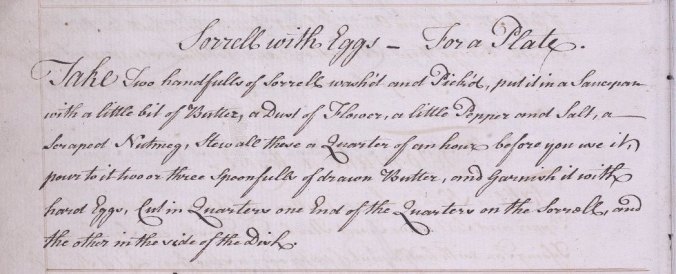
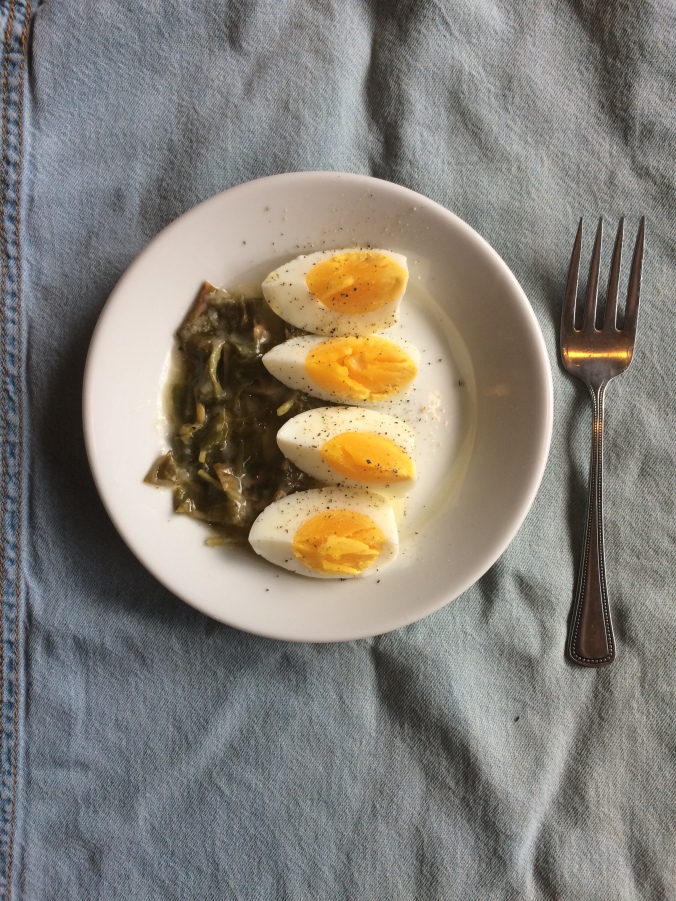
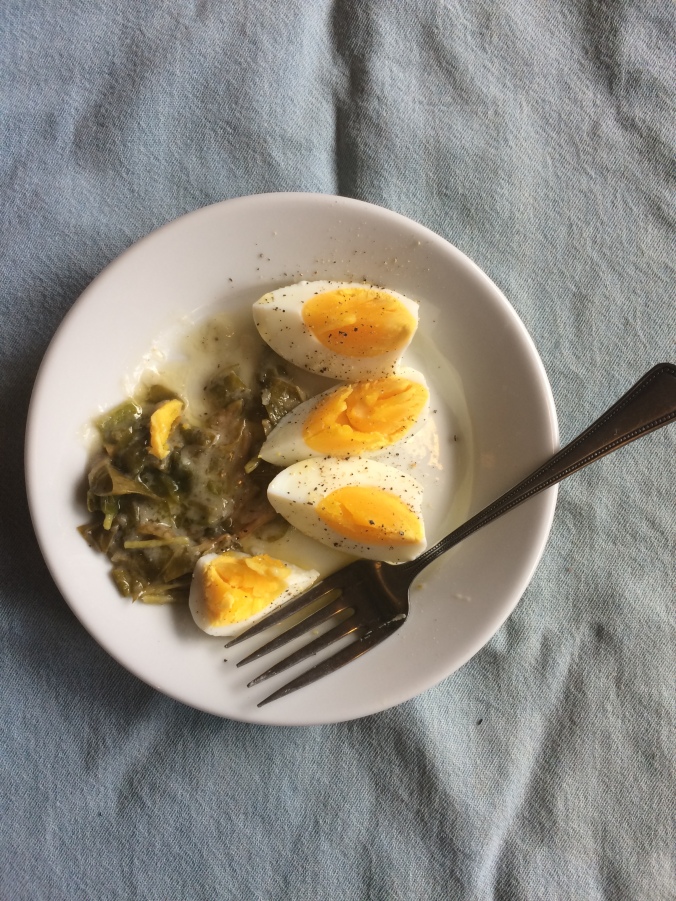





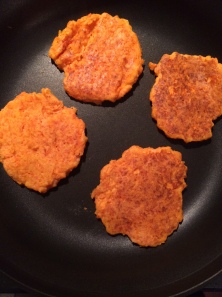


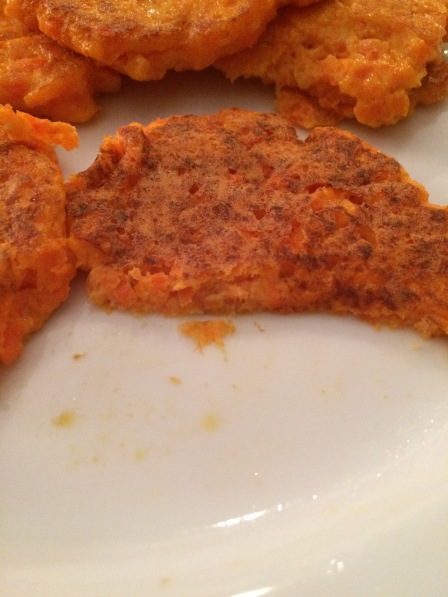





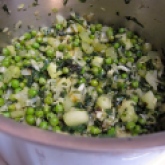
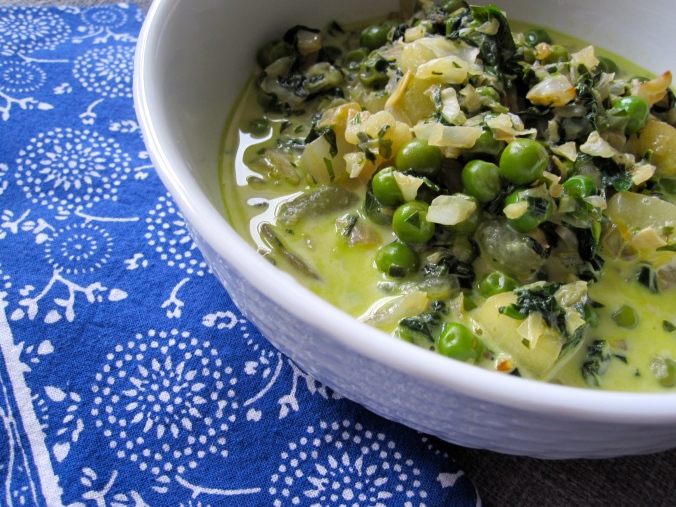











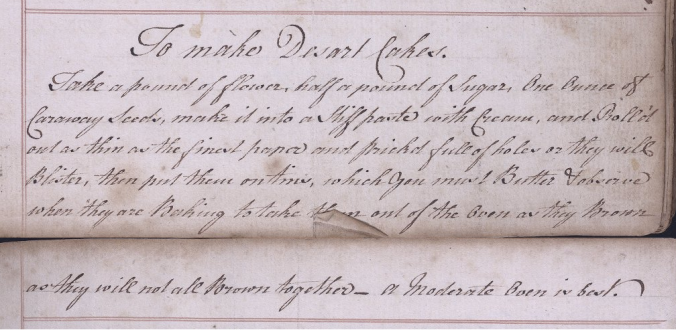
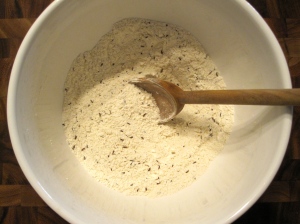
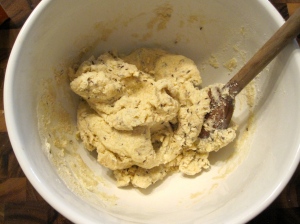
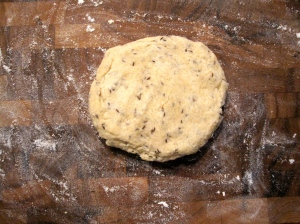
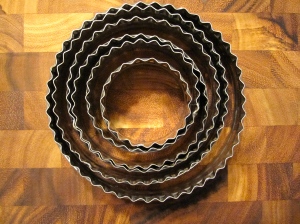
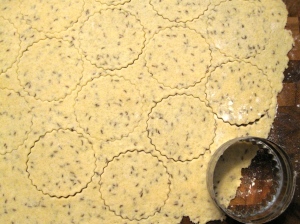
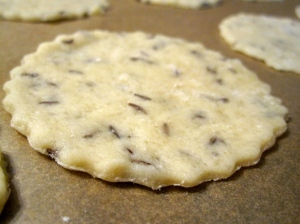
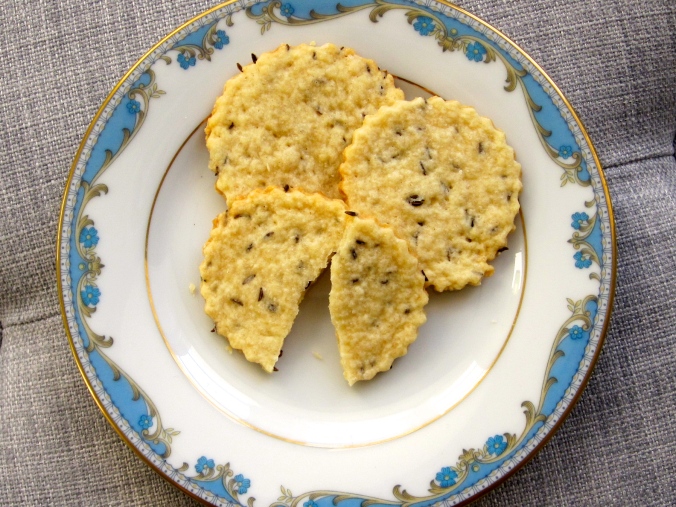
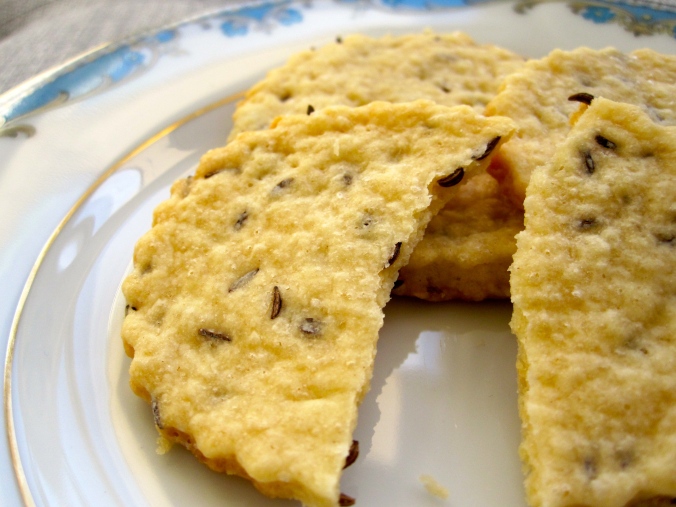
















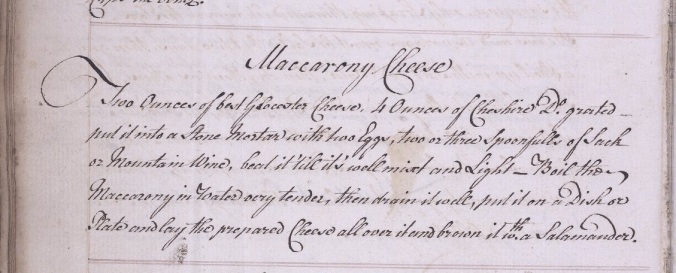
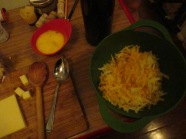


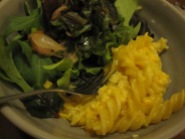
You must be logged in to post a comment.